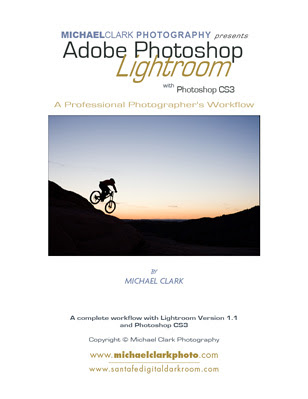 Just in case you didn't get the Summer 2007 issue of the Michael Clark Photography Newsletter in your email today, it is now available for download from my website. If you'd like to sign on for the Newsletter just drop me an email and I'll add you to the mailing list.
Just in case you didn't get the Summer 2007 issue of the Michael Clark Photography Newsletter in your email today, it is now available for download from my website. If you'd like to sign on for the Newsletter just drop me an email and I'll add you to the mailing list.This issue includes an editorial on the updated higher resolution newsletter, a short review of Photoshop CS3, an article on backing up your computer and images and much more.
The Michael Clark Photography Newsletter goes out to over a thousand photo editors, photographers and enthusiasts around the world. You can download the Summer 2007 issue and back issues on my website at:
http://www.michaelclarkphoto.com/backissues.htm
Please note that the newsletter is best viewed in the latest Adobe Acrobat reader which is available for free at http://www.adobe.com. When you click on the above link it will appear in your browser or may start to downloadimmediately depending on what internet browser you use. If you see lines accross the images this is due to the reader you are using - please download the latest Adobe Acrobat reader from the link above if you wish to view the newsletter without lines in the images.




